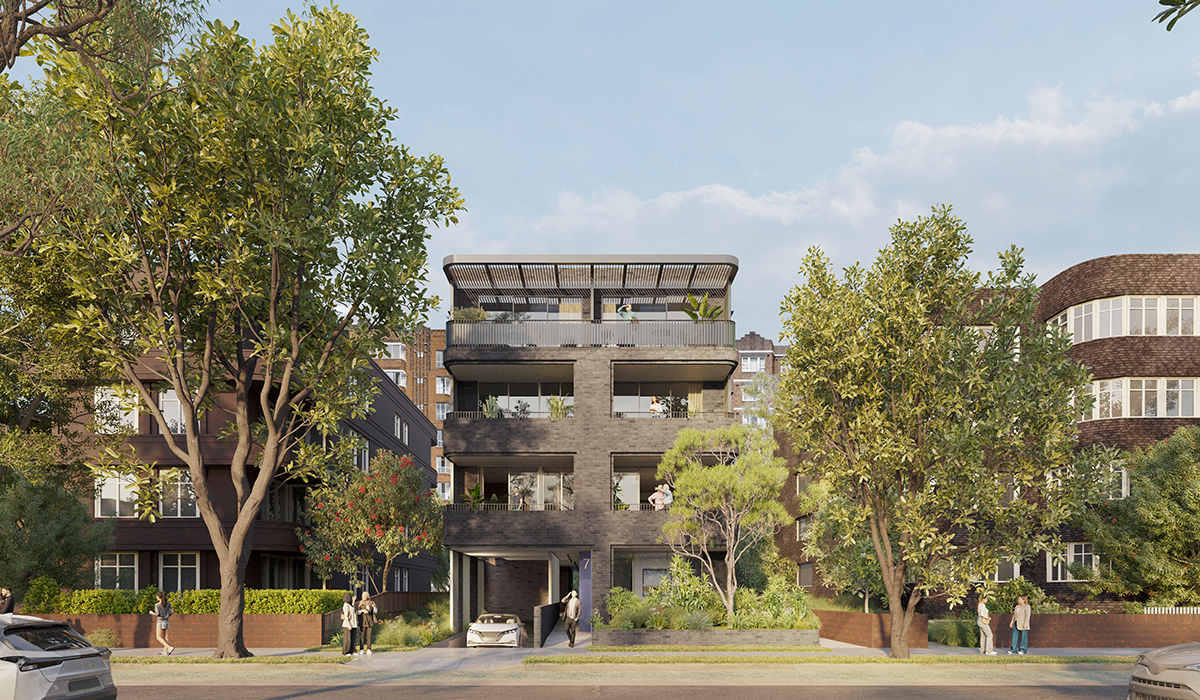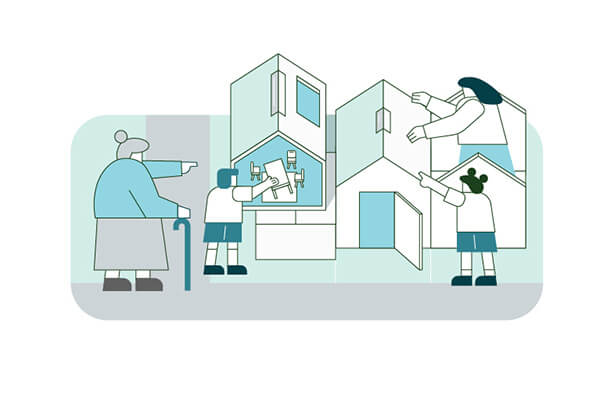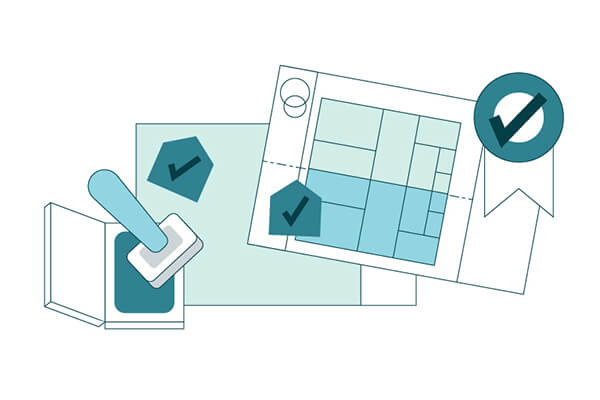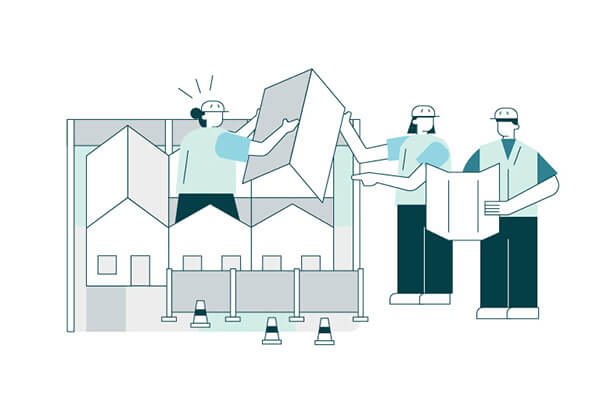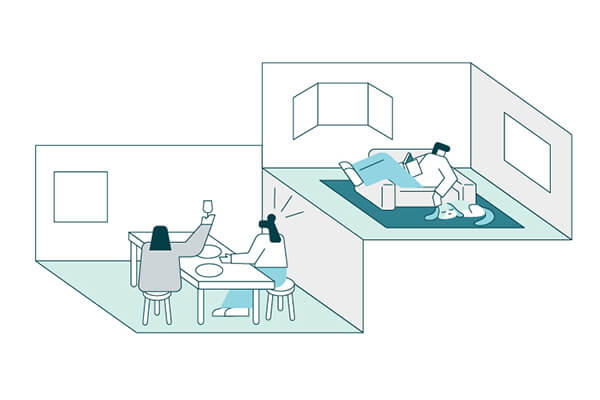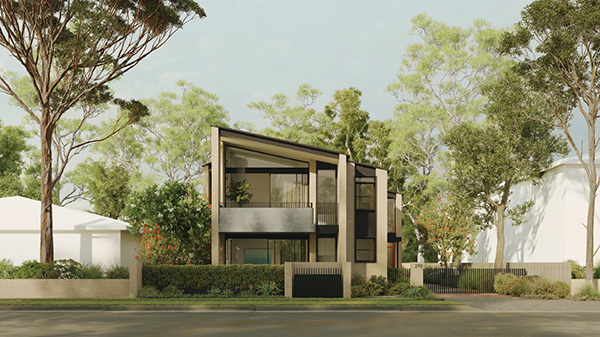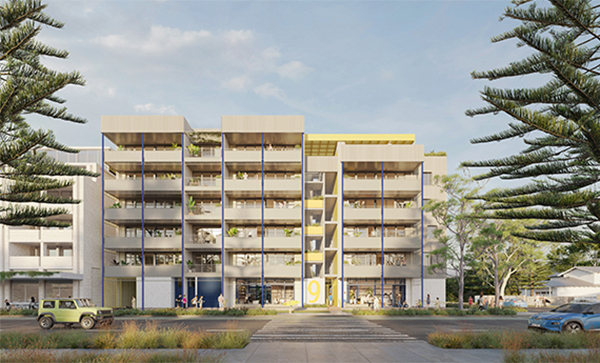Modest, flexible and affordable housing solutions
The NSW Housing Pattern Book offers a diverse collection of high-quality and flexible designs to suit many sites. You can access:
- homes designed by award-winning architects
- a fast-tracked planning pathway
- technical drawings to get your project team started
- pattern-specific layouts and material options
- landscape planning instructions and plant lists
- technical guidance for your planning application.
Benefit from smarter designs and faster approvals
We have invested in high-quality home designs to give your housing project a head start.
Carousel items
-
Patterns are light-filled, cross-ventilated and all-electric to reduce energy bills and improve thermal comfort.
-
Patterns are customisable to suit many lifestyles and can be adapted to sites and climates across NSW.
-
Patterns are suitable for preparing a fast-tracked planning application to help realise a project quickly.
-
Patterns are compact and cost-effective, using standard construction systems that are familiar to builders.
-
Patterns provide diverse housing for more households and fit comfortably into the neighbourhood.
-
Patterns are well-designed with practical layouts that connect to the outdoors and are comfortable and healthy to live in.
Explore the NSW Housing Pattern Book
Get a head start on your project with patterns for architect-designed homes, and information to help you choose the pattern that suits your needs. We’ve subsidised the cost to make it easier for you to begin building faster.
Understand the low-rise designs in more detail.
Understand the mid-rise designs in more detail.
Explore the range of available pattern designs before you commit.
Complement your proposal with beautiful, resilient, landscape designs.
Frequently asked questions
Frequently asked questions about the NSW Housing Pattern Book to guide you through your project with confidence.
Low- and mid-rise homes fill the housing gaps in existing suburbs. They increase housing supply without disrupting the character of a neighbourhood.
Low-rise housing generally has one to 2 storeys and contains at least 2 homes.
Low-rise housing comes in many shapes and sizes, including manor houses, mews, row houses, and terrace houses.
Mid-rise housing includes apartments ranging from 3 to 6 storeys and can generally accommodate 6 homes or more, depending on the location, site size and building height.
Our households are changing, and we need to build more housing to meet these changing needs.
The NSW Government is focused on supporting the development of homes where people want to live. Building up, rather than out, not only saves money but also helps create housing supply, which promotes affordability.
We need more well-designed low- and mid-rise housing to fill the gap between detached homes and high-rise apartment buildings to suit people's changing lifestyle needs.
Building homes in well-located areas, close to transport hubs and town centres, can help reduce the cost of living by improving access to walkable amenities, cost-effective transport options, and a variety of housing and employment opportunities.
The NSW Housing Pattern Book includes designs for low- and mid-rise housing.
The low-rise housing types included in the pattern book are:
- semi-detached or dual occupancy homes
- terraces
- manor homes
- row homes.
Mid-rise housing refers to apartment buildings that are 3–6 storeys high. The development types included in the mid-rise patterns are:
- shop top housing (corner lot apartment patterns only, which have an option to include ground floor commercial space)
- residential flat buildings (all mid-rise patterns).
The patterns were created for the various NSW climates, using sustainable design principles. Passive design techniques, such as orientation, strategic shading and planting, have been integrated into the pattern designs to improve comfort and decrease reliance on air conditioning. The pattern designs are compact, reducing their overall footprint and the energy and material needed to build and run the homes.
We have chosen sustainable construction materials for their thermal performance and low carbon footprint. The patterns achieve a 7-Star Nationwide House Energy Rating Scheme (NatHERS) rating for water usage, energy usage and thermal performance. Optional additions, such as solar panels and rainwater tanks, lower your energy and water bills.
The NSW Housing Pattern Book Design Competition was held from August to November 2024. The jury chose 5 professional winners and one student winner across the 2 categories: terrace and mid-rise housing. The competition attracted 212 entries from Australia and around the world. A total of 21 entries were shortlisted and progressed to the design phase of the competition.
The low-rise terraces by Other Architects and Officer Woods are competition-winning schemes. The mid-rise competition-winning patterns are by Neeson Murcutt Neille, Andrew Burges Architects, and Spacecraft Architects.
Find out more about the NSW Housing Pattern Book International Design Competition.
Subscribe to receive NSW Housing Pattern Book program updates

